Plant?
vettin
6 years ago
Featured Answer
Comments (56)
vettin
6 years agoJay 6a n.c. IL.
6 years agoRelated Discussions
HAVE: plants plants and more plants
Comments (2)I see several things I would be interested in. Please check my lists. I also have desert rose cuttings and lipstick bromeliads....See MoreTo plant or not to plant? (or what to plant)
Comments (12)I wouldn't plant right up against them. I'd spread out a layer of mulch (we use pine straw but shredded hardwood is very nice) in a circle 5-6 feet all the way around the tree. Or certainly if you can get a nice carpet of moss going, that would serve a similar purpose. Then plant further out. I think planting too close is hard on the plants, hard for you to dig and to maintain (lots of root competition), and potentially stressful for the tree (depending on how much you do). A nice layer of mulch or moss is plenty attractive and restful to the eye. If you have any deer nearby, don't bother planting hostas. Getting fern divisions from your mom sounds like a good way to start (and economical). If you want to id them (the ferns), take a picture and post it on the Name that Plant forum....See MoreTo plant or not to plant... it's more like WHAT TO PLANT?
Comments (1)If you have enough slippage some time the plants will just go with it. Maybe you need to plant using jute erosion netting or even something like Hold A Hill blocks....See MoreAnts in my plants! Ants in my plants!
Comments (13)Is the pH also an issue with organic insecticides like BT, cold-pressed neem oil, insecticidal soap, and spinosad? It definitely is with raw cold-pressed neem oil (best to use) and insecticidal soaps. On the flip side of alkaline hydrolysis is acid hydrolysis, both of which are capable of breaking up large molecules of products with insecticidal properties into smaller molecules with reduced or no insecticidal properties. That's something you'll need to check on for each product. You can probably check it out easily by using the products active ingredient followed by the word hydrolysis. What about watering and fertilizing pH? Do you pH your water or fertilizer before giving it to your plants? No, even though my water pH is slightly above 8.0 at the tap. Foliage-Pro 9-3-6 is an acid forming fertilizer which helps buffer the pH of the water. My strategy for dealing with the high pH is 2-pronged. In winter, I water everything indoors under lights with R/O water which comes out of the filtration system at 6.7 - 6.8 consistently. The water comes out at 0ppm dissolved solids. The slight acidity is due to the dissolved CO2 in the water. If allowed to stand for a day in an open container, the CO2 gasses off and the pH rises slightly to 6.9 - 7.0. Since I'm using an acid forming fertilizer, there are no pH issues. In summer, everything I grow is outdoors, where I water from the hose. I formerly would see some chlorosis attributable to a pH-induced Fe (iron) deficiency. This, I addressed by supplementing with an iron chelate (Sprint 138) formulated specifically for high pH applications. I have noticed no issues I can relate to specific nutrients other than Fe. Have you ever tested the pH of the water or fertilizer after it has run through the substrate? Yes, but I gave that up a very long time ago. Soil solution pH varies widely in containers due to temperature, fertility levels, plant type, watering frequency, ..... . If I was doing it for a living I would have the wherewithal to maintain pH within a narrow and predetermined range most advantageous to the crop. If ever you hear a hobby grower say they are maintaining any given plant at a specific pH, take it with a grain of salt because they are almost certainly pulling your leg. It takes sophisticated equipment and titration products typically injected into the water supply to keep pH from fluctuating outside of narrow parameters. Also, do you use spreader sticker with your insecticide? If I spray plants with leathery and glossy leaves (ficus, e.g.) that cause water to bead up on the foliage, I use insecticidal soap as a surfactant to help with coverage. Al...See MoreJay 6a n.c. IL.
6 years agoblakrab Centex
6 years agofloral_uk z.8/9 SW UK
6 years agoJay 6a n.c. IL.
6 years agoTiffany, purpleinopp Z8b Opp, AL
6 years agoTiffany, purpleinopp Z8b Opp, AL
6 years agoJay 6a n.c. IL.
6 years agofloral_uk z.8/9 SW UK
6 years agoJay 6a n.c. IL.
6 years agoerin sos (5b/6a) Central/West. Mass
6 years agoerin sos (5b/6a) Central/West. Mass
6 years agolast modified: 6 years agoDave in NoVA • N. Virginia • zone 7A
6 years agolast modified: 6 years agoblakrab Centex
6 years agolast modified: 6 years agoBlueberryBundtcake - 6a/5b MA
6 years agoJay 6a n.c. IL.
6 years agoerin sos (5b/6a) Central/West. Mass
6 years agosignet_gw(6b)
6 years agogyr_falcon
6 years agolast modified: 6 years agoJay 6a n.c. IL.
6 years agolast modified: 6 years agoJay 6a n.c. IL.
6 years agolast modified: 6 years agoerin sos (5b/6a) Central/West. Mass
6 years agogyr_falcon
6 years agoDave in NoVA • N. Virginia • zone 7A
6 years agoTiffany, purpleinopp Z8b Opp, AL
6 years agolast modified: 6 years agoblakrab Centex
6 years agolast modified: 6 years agogyr_falcon
6 years agoblakrab Centex
6 years agolast modified: 6 years agotheforgottenone1013 (SE MI zone 5b/6a)
6 years agolast modified: 6 years agocarolb_w_fl_coastal_9b
6 years agoLynn in Parkton, Maryland
6 years agoblakrab Centex
6 years agoLynn in Parkton, Maryland
6 years agoJay 6a n.c. IL.
6 years agoerin sos (5b/6a) Central/West. Mass
6 years agoposierosie_zone7a
6 years agofloral_uk z.8/9 SW UK
6 years agolast modified: 6 years agotete_a_tete
6 years agoTiffany, purpleinopp Z8b Opp, AL
6 years agolast modified: 6 years agoblakrab Centex
6 years agolast modified: 6 years agoposierosie_zone7a
6 years agoblakrab Centex
6 years agolast modified: 6 years agoposierosie_zone7a
6 years agolast modified: 6 years agoblakrab Centex
6 years agolast modified: 6 years agoTiffany, purpleinopp Z8b Opp, AL
6 years agoJay 6a n.c. IL.
6 years agoTiffany, purpleinopp Z8b Opp, AL
6 years agoblakrab Centex
6 years agolast modified: 6 years ago
Related Stories

GARDENING GUIDESInvite Mining Bees to Your Garden by Planting Their Favorite Plants
Look for mining bees (Andrena) pollinating woodland wildflowers in U.S. gardens this spring
Full Story
NATIVE PLANTSPlant These Fall-Flowering Natives in Early Summer for Pollinator Love
These 3 groups of plants will support masses of beneficial insects come autumn
Full Story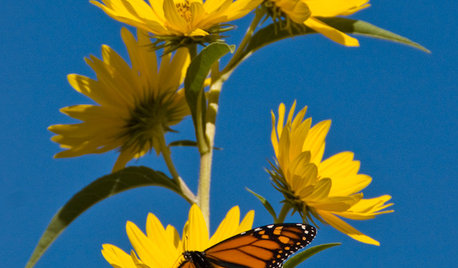
GARDENING GUIDESGreat Design Plant: Helianthus Maximiliani Attracts Beneficial Insects
Maximilian sunflower’s striking yellow flowers light up the fall landscape and attract pollinators and beneficial insects at a crucial time
Full Story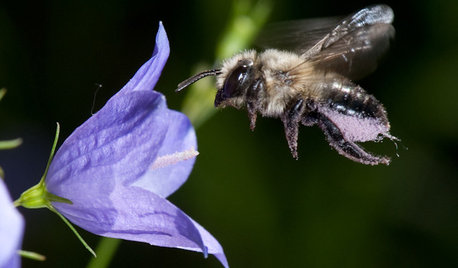
NATIVE PLANTSGreat Design Plant: Color Outside the Lines With Bluebell Bellflower
Plant this Campanula on pathway and patio edges for shots of bright blue from May through September
Full Story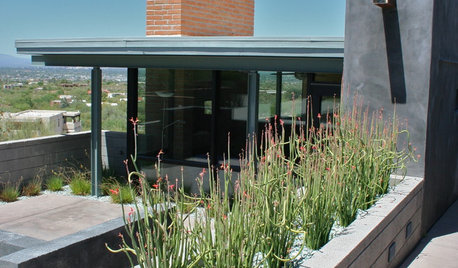
GARDENING GUIDESGreat Design Plant: Slipper Plant
Unthirsty succulent looks great all year and offers an unexpected surprise in fall
Full Story
GARDENING GUIDESGreat Design Plant: Cephalanthus Occidentalis
Buttonbush is an adaptable woody shrub with delightful pincushion flowers
Full Story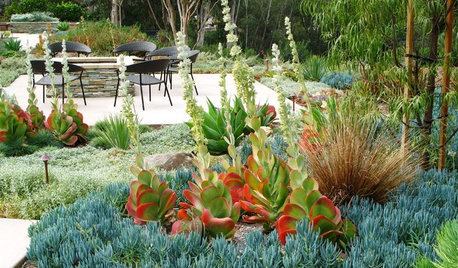
GARDENING GUIDESGreat Design Plant: Paddle Plant
If you're looking for awesomely strange foliage and low care requirements, this succulent is right up your alley
Full Story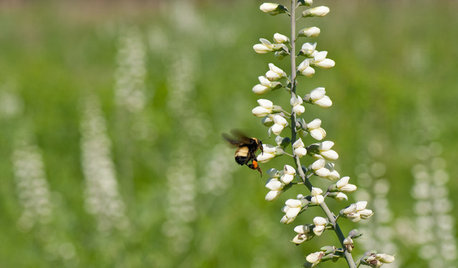
GARDENING GUIDESGreat Design Plant: Please Bumblebees by Planting Baptisia Lactea
Plant wild white indigo in central and southeastern U.S. gardens for its large white flower heads and early-spring interest
Full Story
HOUSEPLANTS8 Essentials for Healthy Indoor Plants
Houseplants add so much to our homes — and can thrive when grown in the right conditions. Keep these tips in mind
Full Story
GROUND COVERSNative Alternatives to English Ivy, Japanese Pachysandra and Periwinkle
These shade-loving ground covers are good for the environment and say something about where you are
Full Story


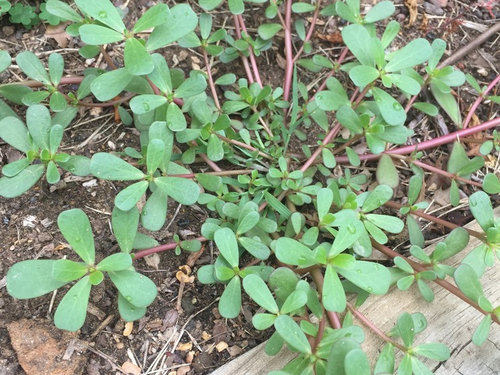




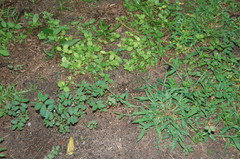




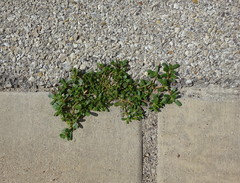
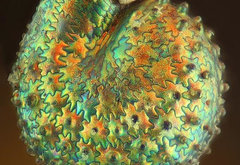


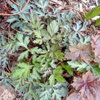

floral_uk z.8/9 SW UK